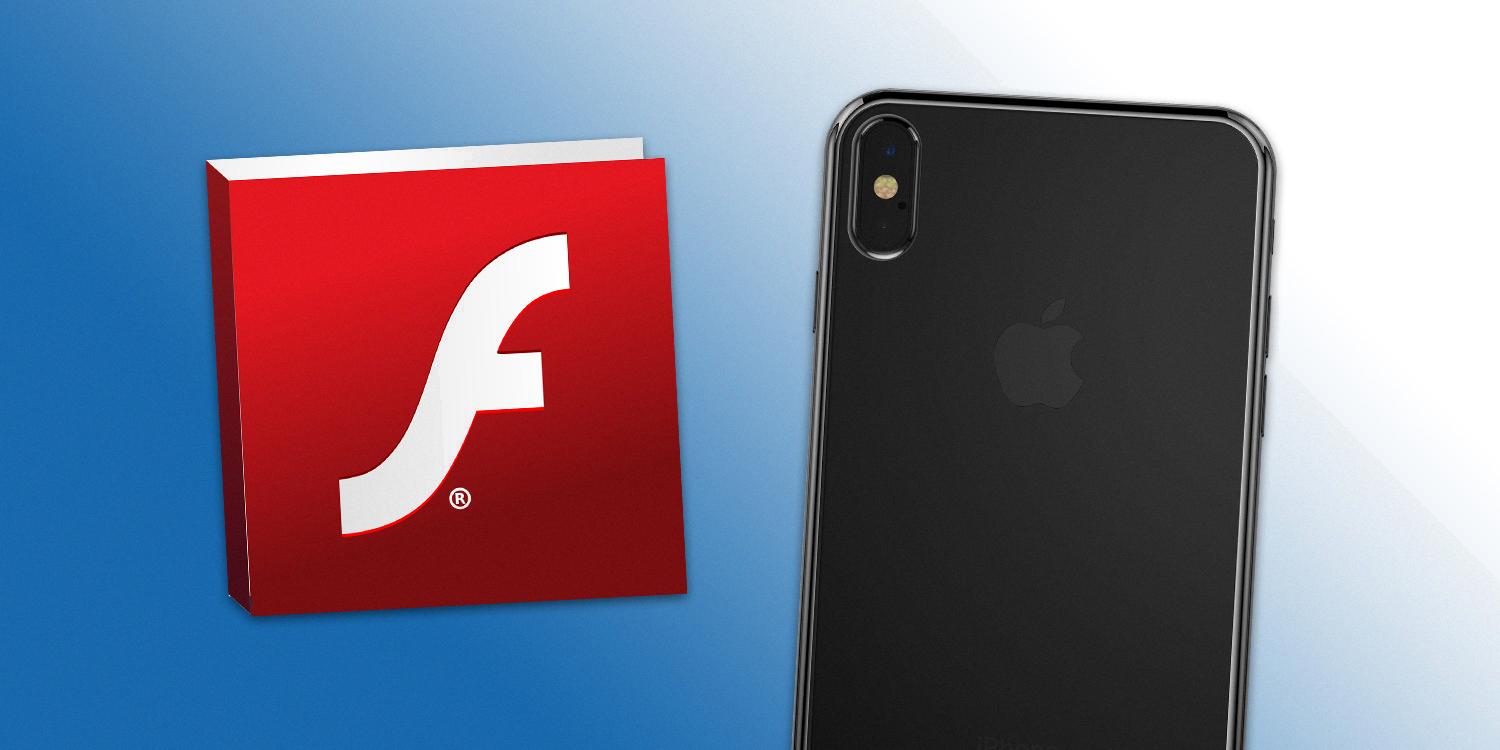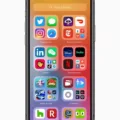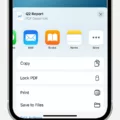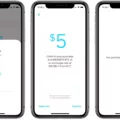The iPhone, with its sleek design and innovative features, has revolutionized the way we interact with technology. However, there is one notable absence on this popular device – support for Adobe Flash Player. This omission has left many users wondering why Apple has chosen to exclude this widely used multimedia platform from their iOS devices.
Flash Player, developed by Adobe Systems, is a software application used to view and interact with multimedia content on the web. It allows users to play videos, animations, and games, as well as access interactive websites. Flash has been a staple of the internet for many years, with countless websites relying on its capabilities to deliver rich and engaging content.
So why doesn’t Apple support Flash Player on the iPhone? The answer lies in Apple’s policies regarding web content. Apple has long been known for its strict control over the software and applications that can be used on iOS devices. According to Apple, Flash is not supported because it is a resource-intensive technology that can negatively impact performance, security, and battery life.
Instead of using Flash, Apple has chosen to support other web technologies such as HTML5, CSS, and JavaScript. These technologies offer similar capabilities to Flash, but with better performance and security. Many websites have transitioned from Flash to these alternatives, making their content accessible on iOS devices without the need for Flash Player.
For users who still encounter Flash-based content on the web, there are a couple of options available. One option is to download a third-party app that allows you to load Flash websites. These apps essentially act as a browser within a browser, enabling you to view Flash content on your iPhone. However, it’s worth noting that these apps may not provide the same level of performance and security as Apple’s native browser, Safari.
Another option is to download and convert the Flash file on your computer and then sync it to your iPhone. There are various software tools available that can convert Flash files into a format compatible with iOS devices. Once converted, you can transfer the file to your iPhone using iTunes or other file transfer methods.
It’s important to keep in mind that while these workarounds may enable you to access Flash content on your iPhone, they are not officially supported by Apple. This means that you may encounter compatibility issues or other limitations when using these methods.
Apple’s decision to exclude Flash Player from iOS devices is rooted in their commitment to performance, security, and battery life. While this may be frustrating for some users who rely on Flash-based content, Apple has provided alternative technologies that offer similar capabilities. Whether or not Flash Player will ever be supported on the iPhone remains uncertain, but for now, users have options available to access Flash content if needed.
Can You Use Flash Player On iPhone?
It is not possible to use Flash Player on the iPhone or any other iOS device. Apple has never supported Flash on their devices due to various reasons including security vulnerabilities, performance issues, and the emergence of more efficient and secure web technologies.
Here are the main reasons why Flash Player is not supported on iPhones:
1. Security Vulnerabilities: Flash has a long history of security vulnerabilities, making it a popular target for hackers and malware. Apple prioritizes the security and privacy of its users, and allowing Flash on their devices would increase the risk of security breaches.
2. Performance Issues: Flash is known to be resource-intensive and can significantly impact device performance, leading to slower loading times, battery drain, and overall sluggishness. Apple has focused on optimizing the performance of their devices, and supporting Flash would undermine these efforts.
3. Battery Life: Flash content often requires more power to run, which can have a negative impact on the device’s battery life. Apple’s devices are known for their excellent battery performance, and allowing Flash would compromise this key feature.
4. Web Standards and HTML5: Apple has been a strong advocate for open web standards and has actively promoted the use of HTML5 as a more efficient and secure alternative to Flash. HTML5 is now widely adopted and supported by all major browsers, making Flash less relevant in today’s web ecosystem.
5. App Store Ecosystem: Apple’s App Store provides a curated and controlled environment, ensuring that apps meet certain quality and security standards. Allowing Flash would bypass this ecosystem, potentially leading to the distribution of unauthorized or malicious content.
Due to security concerns, performance issues, battery life considerations, the growing popularity of HTML5, and Apple’s commitment to its App Store ecosystem, Flash Player is not supported on iPhones or any iOS devices.

How Do You View Flash Files On Your iPhone?
To view Flash files on your iPhone, you will need to use alternative methods as Flash is not directly supported on iOS devices. Here are a few options you can consider:
1. Download a Flash-enabled browser: There are several third-party browsers available on the App Store that support Flash content. Examples include Photon Browser, Puffin Web Browser, and iSwifter. These browsers use remote servers to process and display Flash content, allowing you to access Flash-based websites on your iPhone.
2. Use a Flash video player app: If you specifically want to view Flash videos, you can download a dedicated Flash video player app from the App Store. These apps allow you to download and play Flash videos offline. Examples of such apps include VLC for Mobile and PlayerXtreme Media Player.
3. Convert Flash files to a compatible format: If you have Flash files on your computer that you want to view on your iPhone, you can convert them to a compatible format like MP4 or MOV. There are various desktop software options available for this purpose, such as Adobe Animate, Any Video Converter, or Freemake Video Converter. Once converted, you can transfer the files to your iPhone using iTunes or other file transfer methods.
Please note that while these methods provide ways to view Flash content on your iPhone, they may not support all Flash features or guarantee a seamless experience. Additionally, Adobe has officially discontinued support for Flash, so it is recommended to explore alternative web technologies whenever possible.
Conclusion
Apple has taken a firm stance against the use of Flash on their iOS devices, including the iPhone. This means that users cannot directly access or play Flash content on their iPhones without using alternative methods. Apple’s decision to not support Flash is based on their policies regarding web content and their desire to provide a more secure and efficient user experience.
While this may initially seem like a limitation, it is important to note that there are alternative options available for playing Flash files on an iPhone. Users can choose to download apps that allow them to load Flash websites, although these apps may not provide the same level of performance or functionality as native Flash support.
Another option is to download and convert Flash files on a computer and then sync them to the iPhone. This involves using third-party software to convert the Flash files into a compatible format that can be played on the iPhone. While this method requires more effort and time, it allows users to access and enjoy Flash content on their iPhones.
While Apple’s lack of support for Flash on the iPhone may be a challenge for some users, there are still ways to access and play Flash content on the device. It is important for users to explore these alternative methods and choose the one that best suits their needs and preferences.








